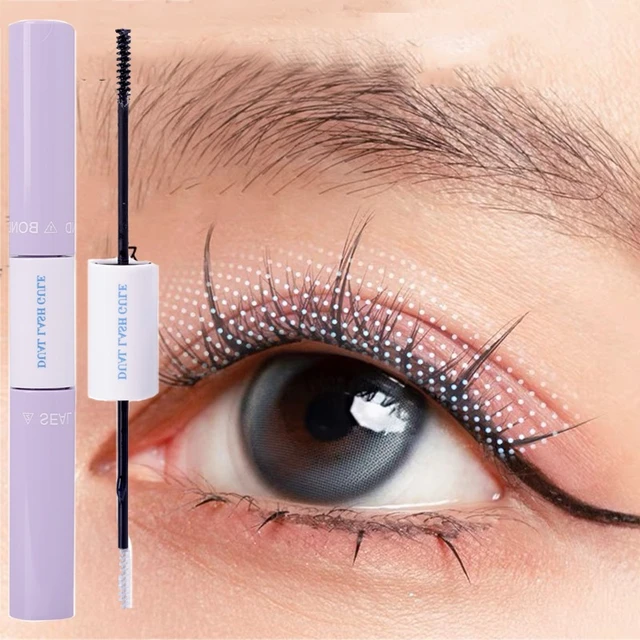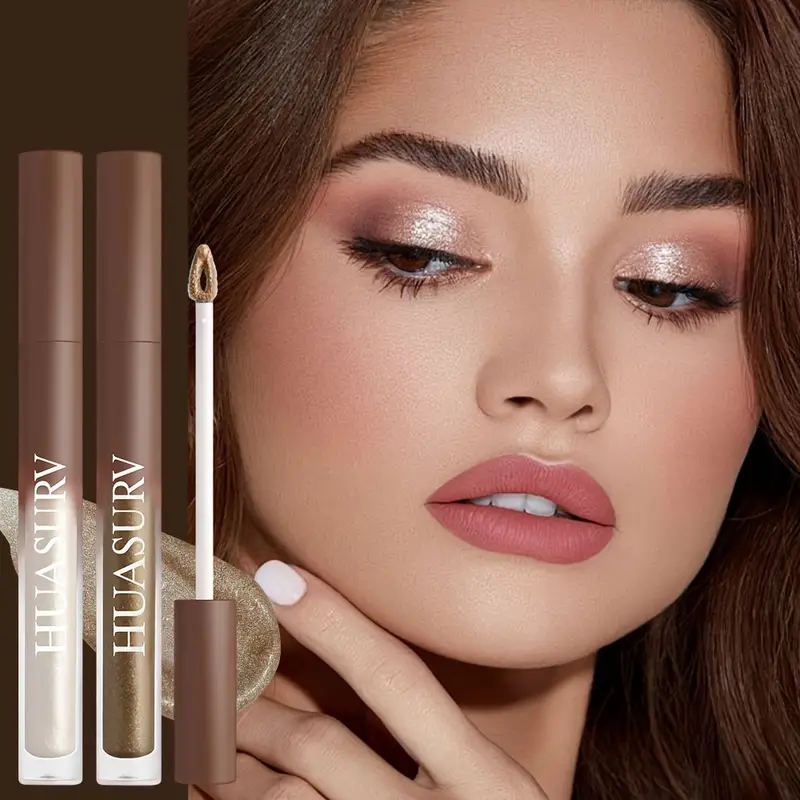 Introduction:
Introduction:
Mascara is a popular cosmetic product used to enhance the appearance of eyelashes. However, individuals with sensitive eyes need to be cautious when selecting mascara to avoid potential irritation or discomfort. In this comprehensive guide, we will explore the worst mascaras for sensitive eyes, including the ingredients and characteristics that can cause issues. By understanding the factors to watch out for, you can make informed decisions when choosing mascara that is suitable for your sensitive eyes.This prevents mascara allergies.
 Some common types of mascaras:
Some common types of mascaras:
There are various types of mascaras available in the market to cater to different lash needs and desired effects. Here are some common types of mascaras:
Lengthening mascara:
These mascaras are formulated to extend the length of your lashes, making them appear longer and more fluttery. They typically contain fibers or special polymers that help coat and stretch the lashes.
Volumizing mascara:
Volumizing mascaras are designed to add thickness and fullness to your lashes. They often contain ingredients like waxes or proteins that help create a plumping effect.
Curling mascara:
Curling mascaras are formulated to hold and enhance the natural curl of your lashes. They often contain ingredients that provide a lifting effect, helping to create a more wide-eyed appearance.
Waterproof mascara:
Waterproof mascaras are designed to withstand water, humidity, and sweat. They have long-lasting formulas that resist smudging or running, making them suitable for occasions where you want your mascara to stay in place.
Smudge-proof mascara:
Smudge-proof mascaras are formulated to resist smudging, smearing, or transferring throughout the day. They offer longevity without the need for waterproof removal.
Fiber mascara:
Fiber mascaras contain tiny fibers that adhere to your lashes, creating a lengthening effect. These fibers build upon your natural lashes, giving the appearance of longer, fuller lashes.
Colored mascara:
Colored mascaras come in various shades apart from traditional black or brown. Colors like blue, green, purple, or burgundy can add a pop of color to your lashes and create a more playful or dramatic look.
Remember, the effectiveness and results of mascaras can vary depending on individual lashes and preferences. It’s always a good idea to read reviews, test different formulas, and consider your specific lash needs before selecting the mascara that suits you best.
 Common Ingredients that Cause Sensitivity
Common Ingredients that Cause Sensitivity
Fragrances:
Mascara containing artificial fragrances can be irritating to sensitive eyes.
Fragrances are often used to enhance the scent or consumer appeal of the product but can trigger allergic reactions.
Parabens:
Parabens are preservatives commonly used in cosmetic products, including mascaras.
Some individuals may have sensitivity or allergic reactions to parabens.
Formaldehyde-releasing agents:
Formaldehyde-releasing preservatives, such as DMDM hydantoin and imidazolidinyl urea, are known irritants.
These ingredients can cause redness, itching, and other discomfort in sensitive eyes.
Characteristics of Mascara to Avoid
Waterproof Mascara:
Waterproof mascaras often contain stronger formulas and more occlusive ingredients.
These can be harsh on sensitive eyes and difficult to remove, potentially causing irritation during application or removal.
Fiber Mascara:
Fiber mascaras contain tiny fibers that attach to the lashes for added length and volume.
The fibers can flake off and enter the eyes, causing irritation and discomfort.
Mascara with Heavy Fragrance:
Mascara with strong fragrance can lead to eye irritation, itching, and watering for individuals with sensitive eyes.
Tips for Choosing Mascara for Sensitive Eyes
Hypoallergenic Formulas:
Look for mascaras labeled as hypoallergenic, as they are formulated to minimize the risk of irritation.
These products are specifically designed for individuals with sensitive skin and eyes.
Fragrance-Free Options:
Opt for fragrance-free mascaras to avoid potential irritation caused by artificial scents.
Fragrance-free mascaras are often gentler on sensitive eyes.
All-Natural and Organic Brands:
Consider mascaras from all-natural and organic brands that prioritize using natural, non-irritating ingredients.
These brands tend to avoid the use of harsh chemicals and artificial fragrances.
 To properly use mascara, follow these steps:
To properly use mascara, follow these steps:
Prepare your lashes: Ensure your lashes are clean and dry before applying mascara. Remove any residual makeup or oils from your lashes using a gentle eye makeup remover or cleanser.
Curl your lashes (optional):
If desired, use an eyelash curler to curl your lashes before applying mascara. Place the curler near the base of your lashes, gently squeeze and hold for a few seconds, then release.
Open the mascara tube:
Unscrew the cap of the mascara tube. Avoid pumping the wand in and out of the tube, as this can introduce air and dry out the product faster.
Wipe off excess product:
Gently wipe off any excess mascara from the wand on a tissue or the edge of the tube. This helps prevent clumping and excessive product buildup on your lashes.
Apply mascara to the upper lashes:
Starting from the base of your lashes, apply the mascara in an upward, zigzag motion using the wand. Wiggle the wand back and forth as you move towards the tips of your lashes to evenly distribute the product and create volume. Repeat as desired for a more dramatic look.
Apply mascara to the lower lashes (optional):
If you prefer, lightly coat your lower lashes using the tip of the mascara wand. Be careful not to apply too much product to avoid smudging or clumping.
Separate and comb through lashes (optional):
For a more defined and separated look, use a clean mascara wand or a lash comb to gently comb through your lashes after applying mascara. This helps remove any clumps and ensures even coverage.
Allow the mascara to dry:
Avoid blinking or touching your lashes until the mascara has had a chance to dry. This helps prevent smudging or transferring of the product onto the skin.
Reapply (optional): If you desire additional volume or length, you can repeat the process by applying another coat of mascara once the first coat has dried. Be mindful not to apply too many layers, as it can lead to clumping or a heavy look.
Remove mascara at the end of the day:
Before going to bed, make sure to thoroughly remove the mascara using a gentle eye makeup remover or cleanser. This helps keep your lashes healthy and prevents buildup or potential irritation.
Remember, mascara should be replaced every 2-3 months to ensure optimal performance and reduce the risk of contamination or eye infections.
 Conclusion:
Conclusion:
Choosing the right mascara is essential for individuals with sensitive eyes to avoid irritation and discomfort. By understanding the common ingredients and characteristics to avoid, you can make informed decisions when selecting mascara. Be mindful of mascaras containing fragrances, parabens, or formaldehyde-releasing agents, as they can trigger sensitivity reactions. Consider hypoallergenic, fragrance-free, and all-natural options that are designed to be gentle on sensitive eyes. By prioritizing your eye health and comfort, you can find mascaras that enhance your lashes without causing unwanted irritation.